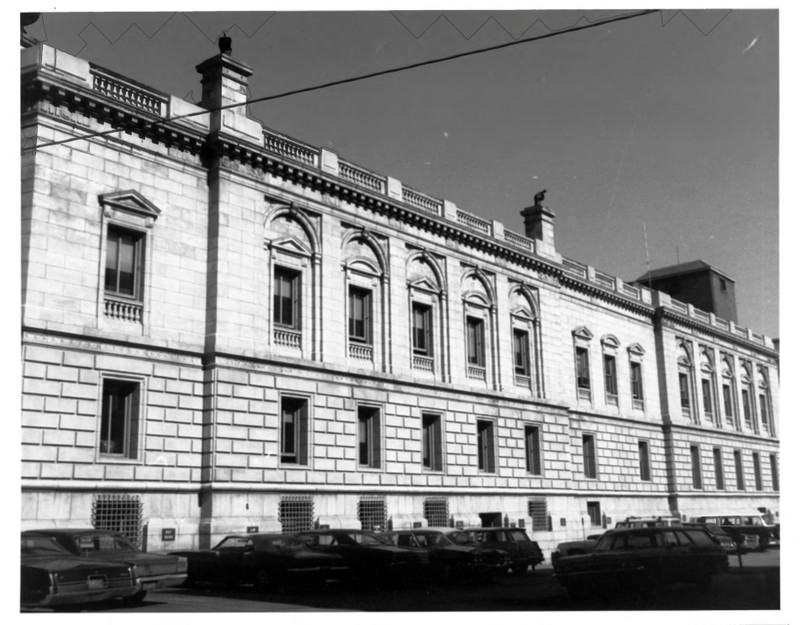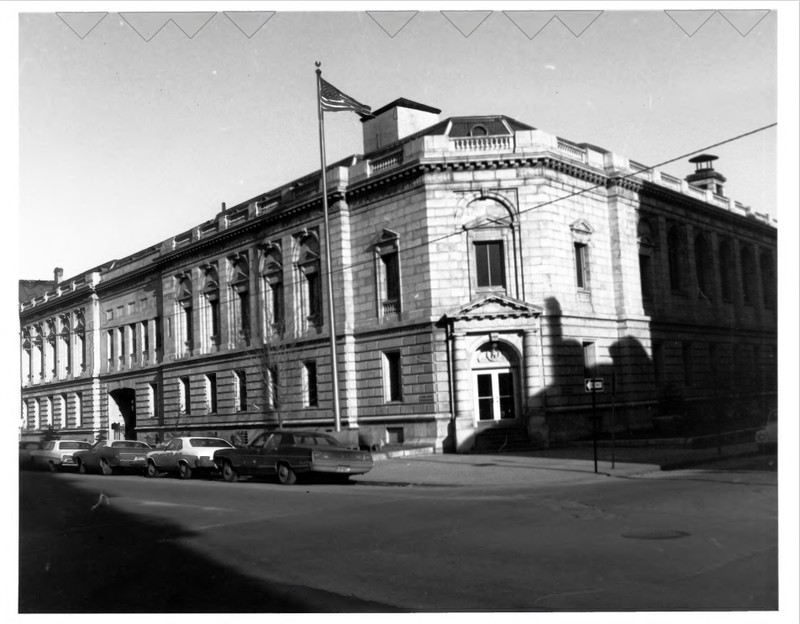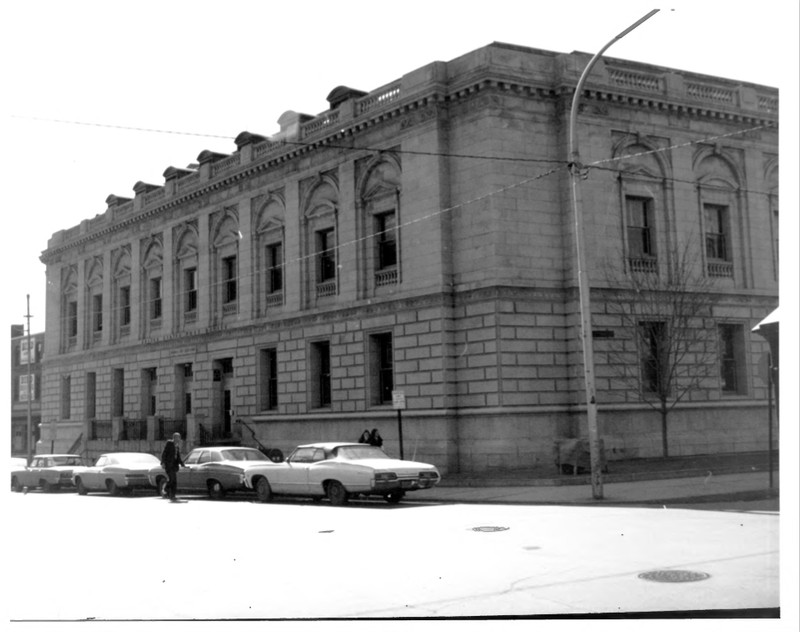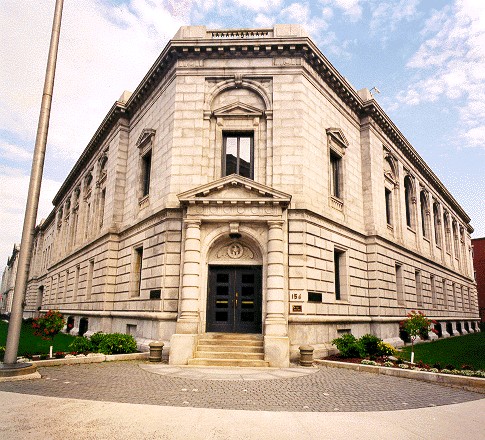Edward T. Gignoux United States Courthouse
Introduction
Text-to-speech Audio
Images
The Edward T. Gignoux Courthouse as recorded by the NPS in 1974, Photograph by Mary-Eliza Wengren in 1973, Filed with the GSA

The Edward T. Gignoux Courthouse as recorded by the NPS in 1974, Photograph by Mary-Eliza Wengren in 1973, Filed with the GSA

The Edward T. Gignoux Courthouse as recorded by the NPS in 1974, Photograph by Mary-Eliza Wengren in 1973, Filed with the GSA

The Edward T. Gignoux Courthouse color photo provided by the GSA in the public domain

Backstory and Context
Text-to-speech Audio
In 1868, the grand opening of the U.S. Post Office Building near Lincoln Park in Portland established the beginning of what would become the public district of Portland. In addition to the Edward T. Gignoux U.S. Courthouse and the Post Office Building, this district came to house the County Courthouse, the Portland Fire Department Headquarters, the United States Custom House of Portland, and the Portland City Hall. Many of the buildings in the public district have been preserved incredibly well, and represent multiple eras of popular architectural styles.
The Edward T. Gignoux U.S. Courthouse was designed by James Knox Taylor, an accomplished architect who designed a great number of public buildings across the state. Among his credited structures stand iconic buildings such as the San Francisco U.S. Post Office and Court House (now known as the Ninth Circuit Court of Appeals,) the Ellis Island Immigrant Hospital, and the United States Post Office of Niagara Falls.
Having been almost completely unmodified from its original design, the Courthouse now stands as a fantastic representation of the Italian Renaissance Revival style that characterizes many notable government buildings around the world. The only modifications that have been made to the building at all since its construction (outside of cleaning of the structure) is the construction of a parking lot on the grounds and the replacement of some of the front doors, which could not hold up to over a century of use.
Sources
Official NPS NRHP Documentation for the Gignoux Courthouse. National Park Service. February 12, 1974. Accessed July 30, 2017. https://npgallery.nps.gov/NRHP/GetAsset/360fee59-5cf6-49ad-ab42-100d462d1d8d?branding=NRHP. Official record of NPS NRHP nomination for the Edward T. Gignoux Courthouse
Edward T Gignoux United States Courthouse. GSA.gov. Accessed July 30, 2017. https://www.gsa.gov/portal/ext/html/site/hb/category/25431/actionParameter/exploreByBuilding/buildingId/815. GSA historical profile of the courthouse
Edward T. Gignoux United States Courthouse. wikipedia.org. Accessed July 30, 2017. https://en.wikipedia.org/wiki/Edward_T._Gignoux_United_States_Courthouse. Meta-source for general information on the courthouse
James Knox Taylor. Wikipedia.org. Accessed July 30, 2017. https://en.wikipedia.org/wiki/James_Knox_Taylor. Meta-source for general information on James Knox Taylor
